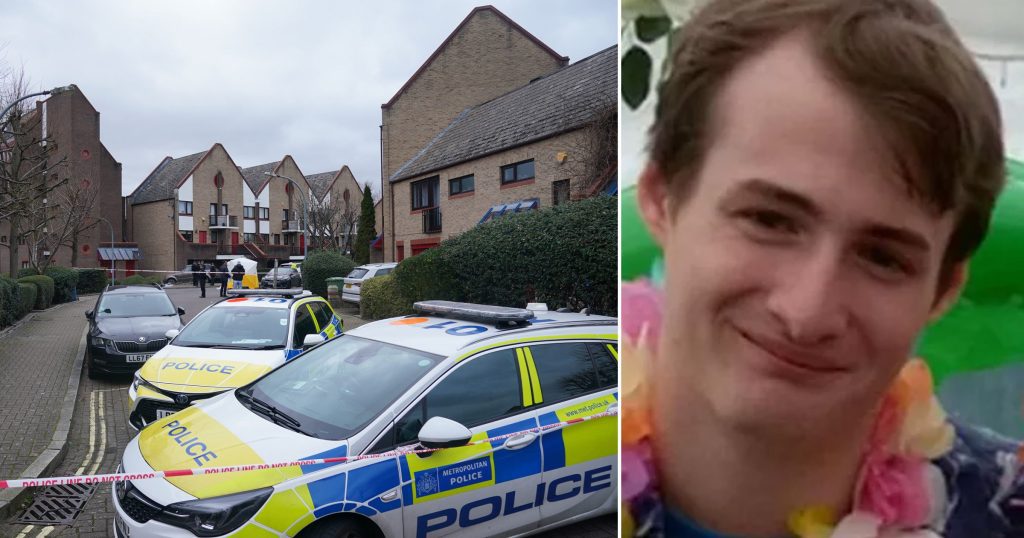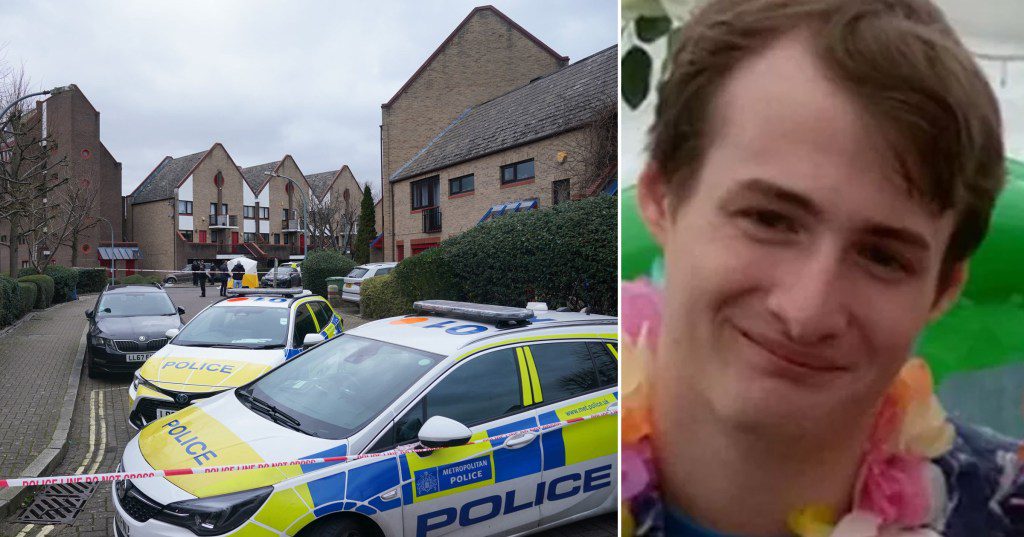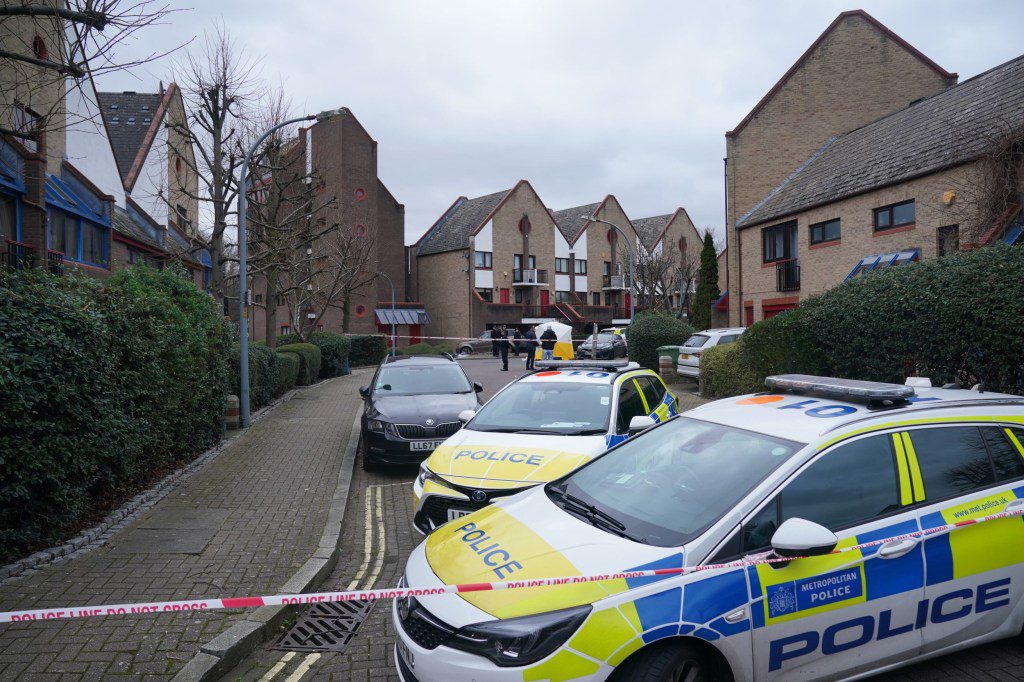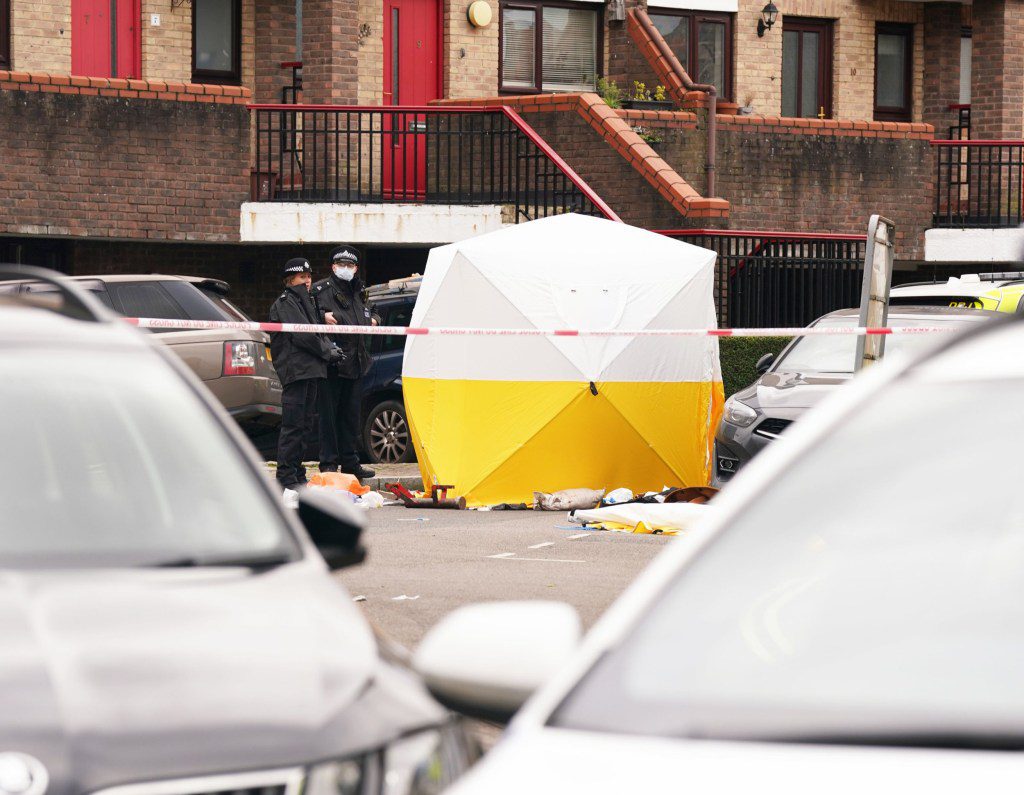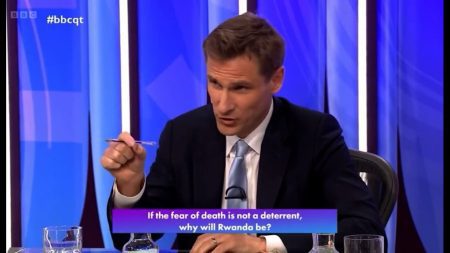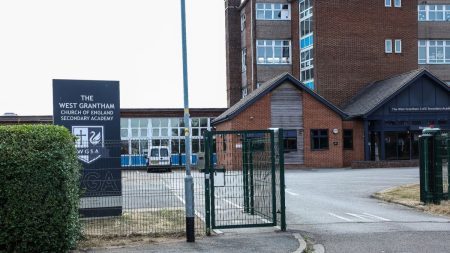An investigation has determined that a previously convicted stalker swung a sword and aimed a crossbow at police before being shot by armed officers.
Bryce Hodgson confronted police before being shot in the neck and chest at a home in Southwark, south-east London, on January 30.
Police were called after several people reported Hodgson, who was carrying three crossbows, trying to force entry into the home.
He’d been given a 16-week suspended jail term last July and put under supervision for 12 months after admitting to stalking.
Hodgson had got into the home through the backdoor and was trying to get into a bedroom where the residents had barricaded themselves in.
He was trying to break through a door using a sword when officers came in, and when instructed to ‘show his hands’ by officers who held up a Taser, he failed to comply and swung the sword at them.
The officers were joined by armed support and firearms officers. Hodgson continued to not listen to instructions, picking up a crossbow and pointing it at an officer.
At that point, one officer fired two shots which hit Hodgson in his neck and chest.
The weapons were secured, first aid was given and an ambulance was called by officers but Hodgson was declared dead at 5.37am. A provisional post-mortem concluded he had died from those two gunshot wounds.
Investigators from the Independent Office for Police Conduct (IOPC) viewed body-worn video footage, obtained statements from the officers and listened to 999 calls and the officers’ radio communications to establish what happened.
All of the officers who attended the incident are being treated as witnesses.
The IOPC said it had met Hodgson’s family and expected to conclude the investigation in the summer.
IOPC regional director Mel Palmer said: ‘I send my condolences to the family and friends of Bryce Hodgson and all those present or affected by this tragic incident, including the occupants of the property and officers involved.
‘The evidence gathered to date supports the officers’ accounts that they perceived there to be an immediate and serious threat to the occupants inside the house.
‘The officers, who were presented with a dynamic situation, acted swiftly to gain entry into the house to prevent any further harm to the residents.’
.





